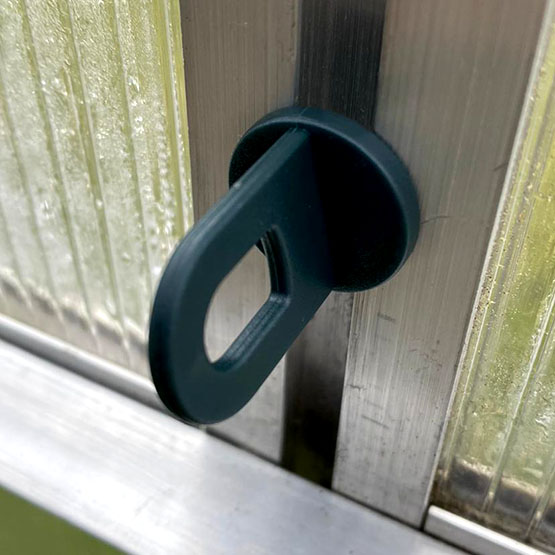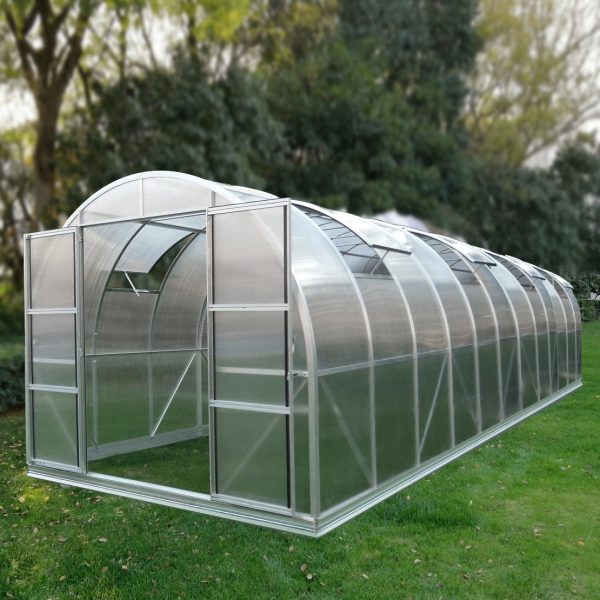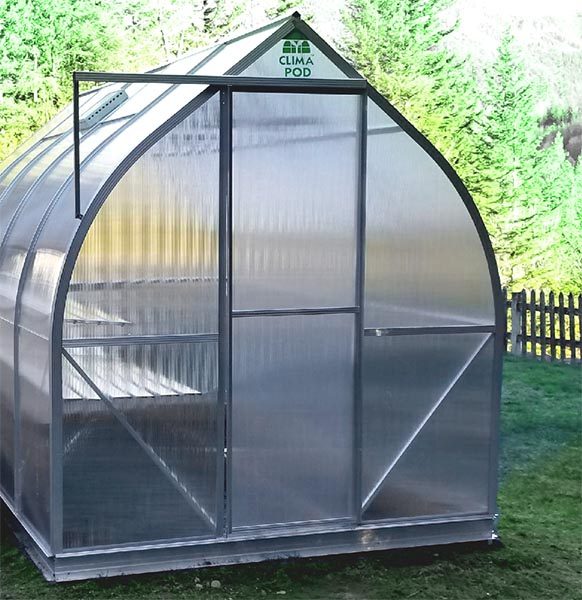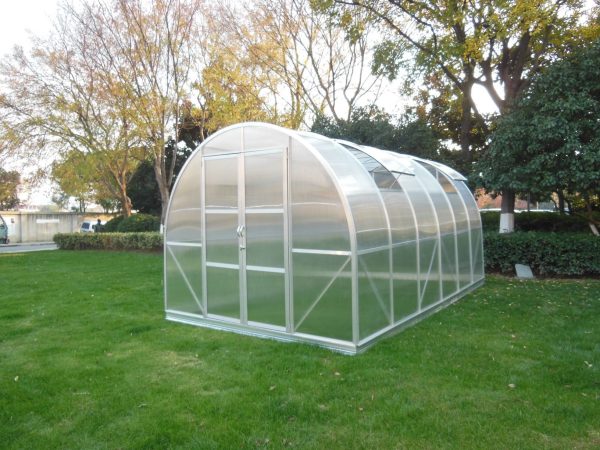The newest trend in world cooking and healthy food is microgreens. Initially, sprouts were only used to decorate ready-made dishes. But research has proven the exceptional value of such food for the human body. Today, growing microgreens is becoming a popular type of agribusiness. But growing microgreens yourself is not at all difficult.
What are microgreens, their benefits
Microgreens are young sprouts of vegetable plants and herbs. Miniature greens are grown in specially created conditions. Sprouts contain an increased amount of nutrients, vitamins, minerals, amino acids, etc. This is explained by the fact that they are only at the start of their growth and make the most of the seed’s supply of nutrients. Eating microgreens saturates us with vitamins, gives us energy, and helps cleanse the body.
Sometimes microgreens are confused with sprouts, which are also popular. But in fact, these are technically different phases of plant development. Sprouts are just sprouted seeds. And microgreens are the stage of plant development when the first two leaves appear. The stem and leaves can be eaten, but the seeds and roots remain in the substrate. Everything in sprouts grown in water is eaten. Microgreens have a much more pronounced flavor than sprouts. Growing microgreens takes longer than growing sprouts – 1-3 weeks.
Microgreens are able to grow actively without the use of any fertilizers or stimulants. The supply of nutrients and vitality in the seed is enough for active growth. Thus, the resulting microgreens are an environmentally friendly and organic product.
What crops are grown as microgreens
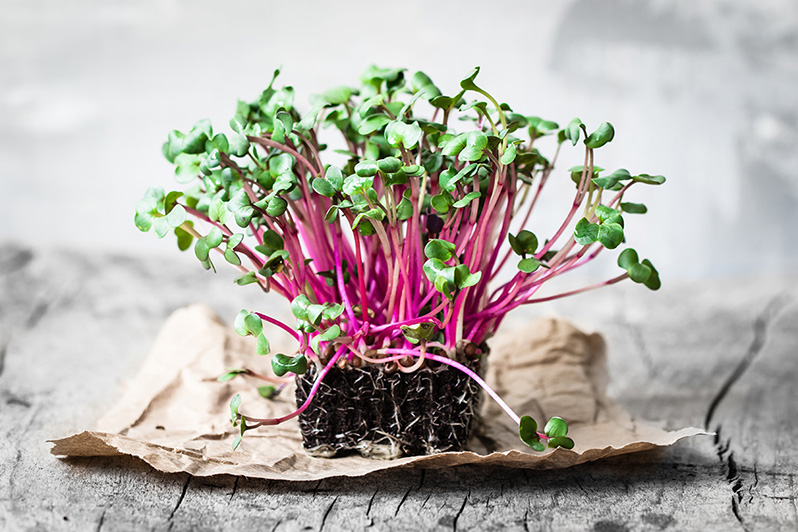
There are a huge number of varieties of microgreens. You can grow almost any vegetables, salads, herbs, cereals and legumes. Let’s talk about the most popular of them.
- Cilantro (coriander). It has a pronounced specific spicy taste and aroma. It contains many vitamins, microelements P, K, etc. Cilantro is good for the cardiovascular system.
- Rucola. Its greens have a slightly bitter taste, ideal for meat and fish dishes. It is distinguished by a high content of ascorbic acid, flavonoids, and strengthens the immune system.
- Beets. Pairs well with salads and main courses. Contains many vitamins and microelements, has a tonic effect, has a positive effect on digestion, and strengthens the immune system.
- Radish. It has an islandy, spicy taste, suitable for meat dishes and salads. Radish microgreens contain many minerals, trace elements, and vitamins. It has an anti-edematous effect and improves digestion.
- Chives. Ideal for snacks. The microgreens of this onion are thin blades of grass with a pronounced but mild onion taste and aroma. Has the ability to destroy bacteria and cleanse the intestines.
- Sunflower. It has a pleasant aroma and sweetish taste, suitable for salads, meat dishes, soups. This microgreen contains high-quality proteins, fats, lecithin, vitamin A. Stabilizes the acid-base balance, strengthens the nervous system, and slows down the aging process.
- Peas. It has a fresh aroma, crispy structure and sweetish taste. Emphasizes sweet and salty flavors, suitable for salads (including fruit), sandwiches. Rich in protein, vitamins A, B, C, E, phosphorus, fiber.
- Red cabbage. It has a high content of carotene and ascorbic acid. Tones, strengthens the immune system, normalizes digestion.

How to grow microgreens
Getting microgreens at home is quite simple. This requires light, heat and humidity. She feels great even in winter on a windowsill; southern and eastern windows or a greenhouse are especially suitable. There are two ways to grow microgreens – with and without soil.
Growing in a container with soil
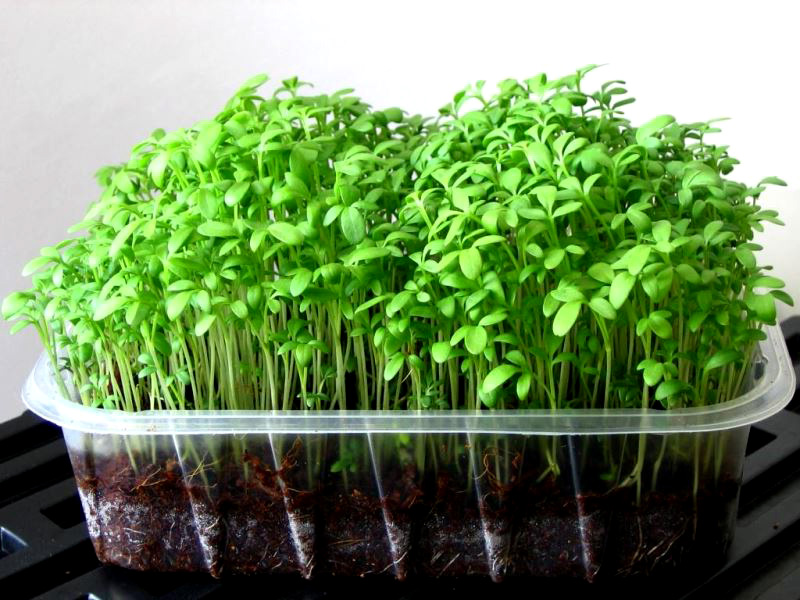
You will need: a tray about 7 cm deep, microgreen seeds, universal soil, paper napkins or thin cotton cloth, a spray bottle.
Stages:
- Seed preparation. If the seeds are large (sunflower, beets, radishes), they must first be soaked in warm water for several hours. There is no need to do this with small seeds.
- Preparing the container. If the tray has holes, then cover the bottom with a paper towel or thin cotton cloth. Then it is filled with soil, not reaching the top 2-3 cm. The soil is moistened, its surface is leveled.
- Sowing Seeds are sown densely over the entire area of the tray. They need to be lightly pressed down with the palm of your hand and sprinkled with a thin layer of soil. After this, everything is carefully sprayed with water from a spray bottle. The tray is placed on a pallet and sent to a warm, well-lit place. Microgreens should be watered as needed when the soil dries out. If the room is cool, then create a greenhouse, covering the tray with polyethylene, providing air access.
After 1-3 weeks, depending on the type of plant chosen, the microgreens will be ready for harvesting. Sprouts 3-10 cm high are cut with sharp scissors directly above the soil level.
Growing without soil
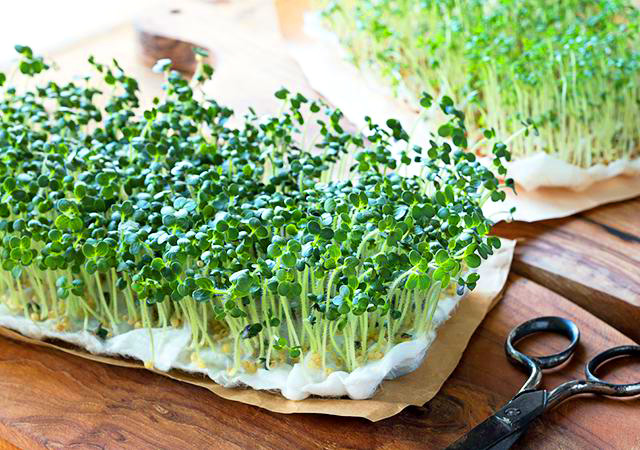
You will need: a tray, gauze or thin cotton cloth, seeds, a spray bottle.
- Preparing the tray. Gauze or thin fabric is folded into 7 layers and placed on the bottom of the tray. Each layer is evenly moistened with a spray bottle.
- Sowing The seeds are sprinkled thickly over the top layer of moistened gauze. Also lightly sprayed with water. The top of the tray is covered with plastic film to maintain moisture. The container is placed in a warm, dark place until the seeds germinate.
- Care. As the gauze dries, it must be sprayed with water from a spray bottle. When sprouts begin to appear, the tray is placed on the most illuminated windowsill.
As in the previous case, after 1-3 weeks the microgreens will be ready for cutting.


